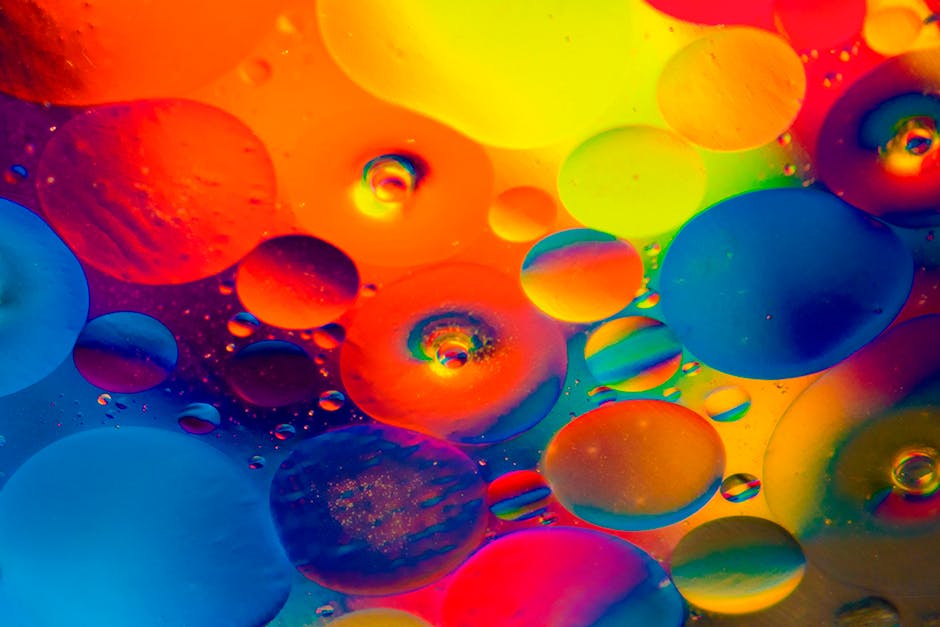
Intersectionality between queerness and artistic expression
Intersectionality between Queerness and Artistic Expression
The intersectionality between queerness and artistic expression encompasses the ways in which sexual orientation, gender identity, and artistic practices intersect and influence each other. It recognizes that queerness is not a singular experience but intersects with other marginalized identities, such as race, ethnicity, class, and disability, to shape an individual's artistic expression.
Art has always been a powerful medium for individuals from marginalized communities to express their unique experiences, challenges, and desires. Queer artists have historically used art as a form of self-expression, activism, and resistance against societal norms and discrimination.
Queer art challenges traditional notions of gender, sexuality, and beauty, often pushing boundaries and offering different perspectives to the audience. It explores themes of identity, desire, love, intimacy, and societal structures through various artistic mediums, including painting, sculpture, photography, performance art, literature, and music.
Intersectionality emphasizes that queerness is not a separate entity from other aspects of a person's identity but rather intersects with race, ethnicity, class, and other marginalized identities. This intersectionality enriches the artistic expression of queer artists by incorporating diverse perspectives and experiences that shape their work.
Moreover, intersectionality recognizes the importance of representation and inclusivity in the arts. It encourages the visibility and celebration of diverse voices, narratives, and artistic styles within the queer community. By embracing intersectionality, queer artists can challenge the dominant narratives and offer a more nuanced and inclusive portrayal of queerness.
In conclusion, the intersectionality between queerness and artistic expression highlights the complex and multifaceted nature of queer identities and their influence on artistic practices. By exploring this intersectionality, we can gain a deeper understanding and appreciation for the art created by queer individuals, foster inclusivity, and contribute to a more diverse and vibrant artistic landscape.
